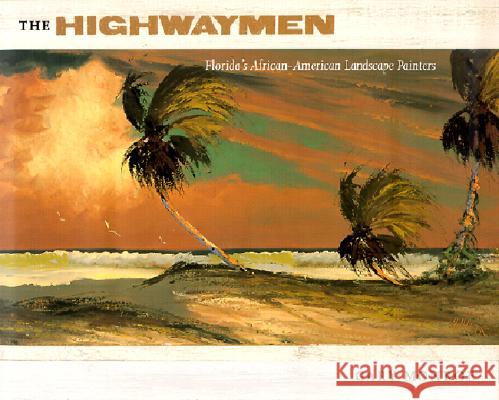The Highwaymen: Florida's African-American Landscape Painters » książka
The Highwaymen: Florida's African-American Landscape Painters
ISBN-13: 9780813022819 / Angielski / Twarda / 2001 / 149 str.
"For the first time, the real story behind the Highwaymen has emerged . . . a well-researched, lively, and comprehensive overview of the development and contribution of these African-American artists and their place in the history of Florida s popular culture."--Mallory McCane O Connor, author of Lost Cities of the Ancient Southeast
The Highwaymen introduces a group of young black artists who painted their way out of the despair awaiting them in citrus groves and packing houses of 1950s Florida. As their story recaptures the imagination of Floridians and their paintings fetch ever-escalating prices, the legacy of their freshly conceived landscapes exerts a new and powerful influence on the popular conception of the Sunshine State.While the value of Highwaymen paintings has soared in recent years, until now no authoritative account of the lives and work of these black Florida artists has existed. Emerging in the late 1950s, the Highwaymen created idyllic, quickly realized images of the Florida dream and peddled some 100,000 of them from the trunks of their cars.
Working with inexpensive materials, the Highwaymen produced an astonishing number of landscapes that depict a romanticized Florida--a faraway place of wind-swept palm trees, billowing cumulus clouds, wetlands, lakes, rivers, ocean, and setting sun. With paintings still wet, they loaded their cars and traveled the state's east coast, selling the images door-to-door and store-to-store, in restaurants, offices, courthouses, and bank lobbies.
Sometimes characterized as motel art, the work is a hybrid form of landscape painting, corrupting the classically influenced ideals of the Highwaymen s white mentor, A. E. "Bean" Backus. At first, the paintings sold like boom-time real estate. In succeeding decades, however, they were consigned to attics and garage sales. Rediscovered in the mid-1990s, today they are recognized as the work of American folk artists.
Gary Monroe tells the story behind the Highwaymen, a loose association of 25 men and 1 woman from the Ft. Pierce area--a fascinating mixture of individual talent, collective enterprise, and cultural heritage. He also offers a critical look at the paintings and the movement's development. Added to this are personal reminiscences by some of the artists, along with a gallery of 63 full-color reproductions of their paintings.
"











